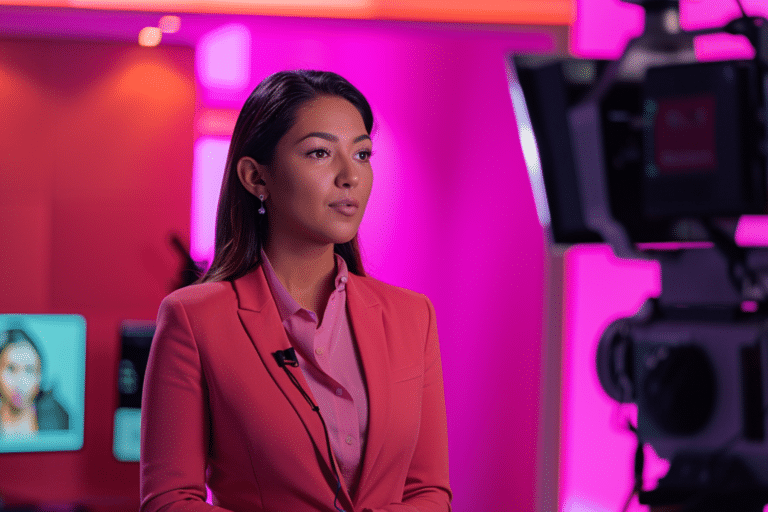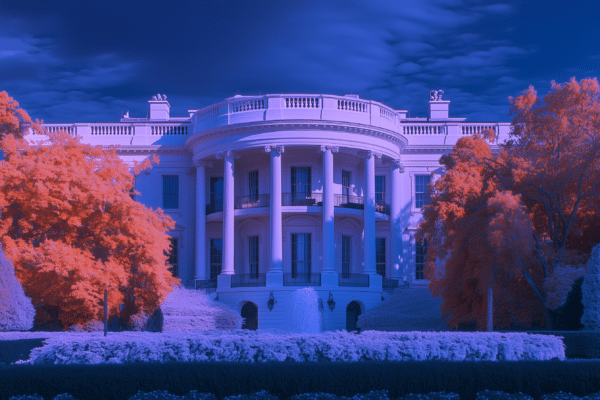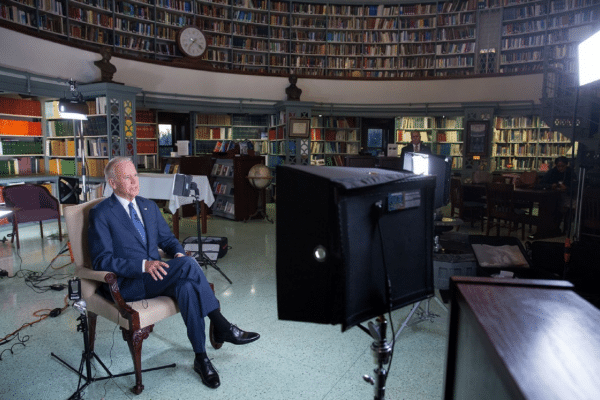The use of AI-manipulated videos known as deepfakes has caused concern in Ecuador following the release of fake clips featuring political figures. Recently, videos featuring Finance Minister Juan Carlos Vega and Energy Minister Roberto Luque were used to promote fraudulent deals and the public became alarmed about this dangerous phenomenon.
Deepfakes alter a person's appearance and voice to make them appear real using advanced machine learning algorithms. These videos have not only affected politicians, but also journalists and public figures, spreading misinformation and potential fraud.
One social media video showed Ecuavisa news anchors promoting "investment projects". The broadcaster had to clarify in a report that it was fake news.
Deepfakes do not only exist in Ecuador. On an international level, personalities such as former US President Barack Obama have been targeted. In Latin America, social media accounts such as DeepFakesAR in Argentina use this technology with humor and clearly label them as fakes.
In Ecuador, however, the malicious use of deepfakes has caused considerable concern. A YouTube video entitled "El camino hacia un futuro innovador", which has since been removed, falsely showed President Daniel Noboa and the then Minister of Energy Roberto Luque promoting a dubious company.
The social alarm triggered by these videos has led many citizens to spread these deepfakes as true, alerting society to the falsehoods presented as truths.
Recognize deepfakes
Recognizing a deepfake can be difficult, but there are signs you should look out for:
Strange movements: Faces may move unnaturally.
Lip synchronization:Lips may not match the words or move during the sounds.
Voice tone: The voice may lack natural variation.
Skin tone: There may be inconsistencies in the face.
Video source: Videos with few views and unverified sources are suspicious.
To verify a video, search Google for keywords. Platforms like Deepware offer deepfake detection services that are useful for videos on social media.






